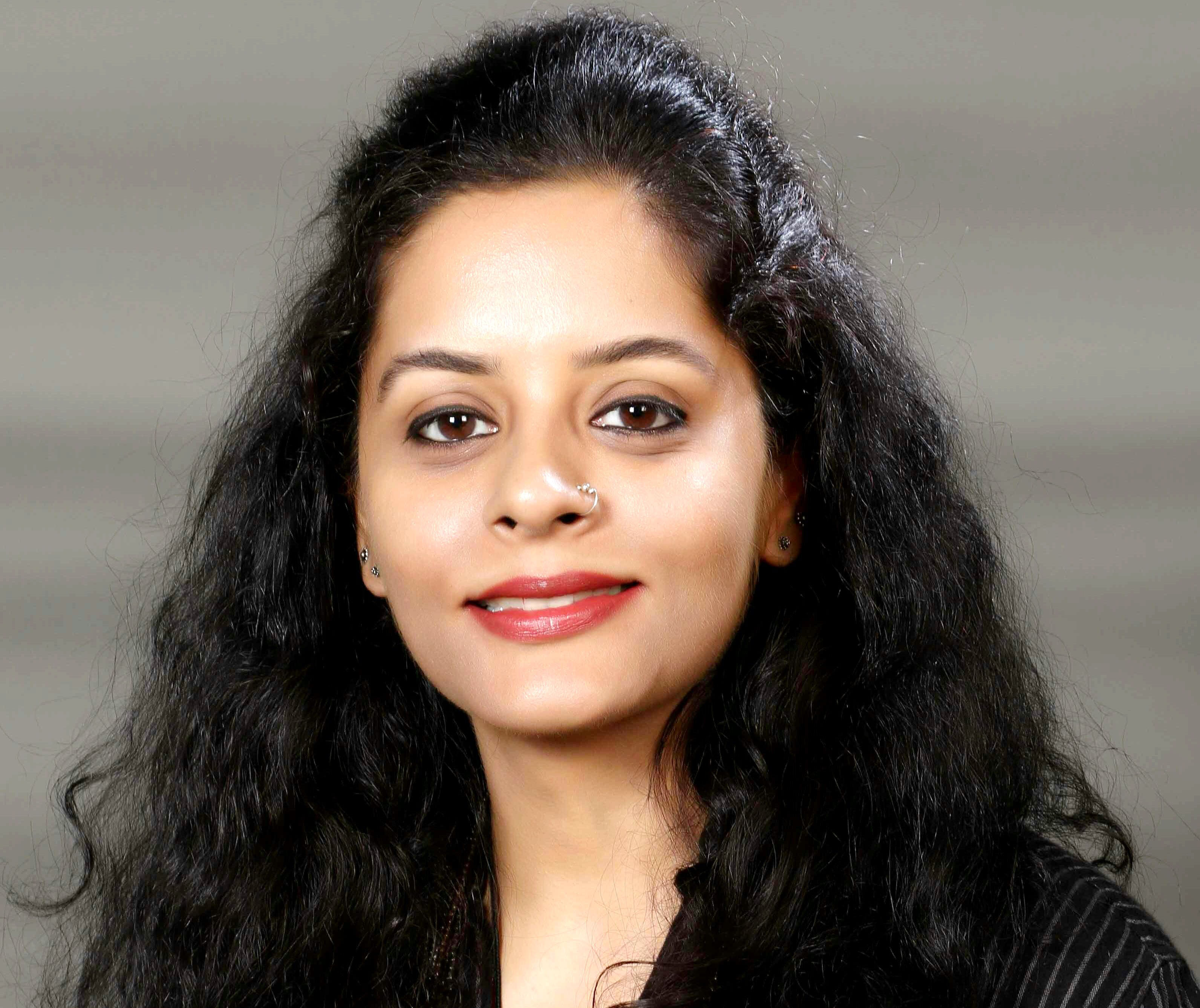Shalini Singh, a 2018 Nieman Fellow, has worked for the Indian news magazine The Week and the national daily, the Hindustan Times, with a focus on gender, culture and environmental issues. She is a regular contributor to the People’s Archive of Rural India (PARI) and a founding trustee of CounterMedia Trust, the nonprofit that owns PARI.
Shalini Singh spoke to SAI about her career in journalism and her goals as a Nieman Fellow at Harvard.
As a part of the People’s Archive of Rural India, could you tell what impact you have seen the organization make?
The People’s Archive of Rural India is a digital repository founded by the well-known Indian journalist, P. Sainath. I was his student many years ago. We believe that rural issues do not get as much attention in the mainstream as they should, and so some of us joined hands with him and formed the People’s Archive of Rural India in 2014. In less than three years, the site which goes beyond being a news-site to include oral histories and dying occupations has picked up eight awards. Nationally, PARI has inspired Janaavishkaara, a People’s Participatory Portal, in the state of Kerala in India. Over 30 district newspapers in the state of Karnataka that don’t have a web presence are carrying PARI’s stories. Publishers such as LeftWord plan to bring out readers on PARI’s stories, others are republishing its stories in children’s textbooks. There has been a request for help with design in setting up a people’s archive of township jazz in South Africa, while a People’s Archive of Nova Scotia is ready to roll out.
In November 2016, when demonetization happened in India, the mainstream was mostly focusing on what it meant for urban folks. They were not looking at the people who depend completely on cash, the poorest of India’s population. The People’s Archive of Rural India sent out a handful of reporters, some already stationed in rural areas, to investigate how this change completely upturned rural livelihoods. While the mainstream was looking at what was happening to the urban population, we were looking at people who were the worst affected.
Could you describe a meaningful experience you have had since being a founding member of the People’s Archive?
Last June, I mentored a young journalist named Stanzin Saldon working out of Kargil, the site of the India-Pakistan war in 1999. She wanted to do a story on two local women from different castes and religions who opened up a tailoring shop together. It was going to be a warm story about how in this sensitive region, these women had come together, but she was worried about how to ask them personal details about their lives, such as their age. Part of my role was to help her break her barriers and be more confident in her reporting while having sensitivity. It was interesting to see what she was comfortable with, and how I could learn from her.
How do you see the People’s Archive growing in the next several years?
India can be looked at in 95 historical regions, and we would like to have one journalist in every region plus fellows covering climate change, manual scavenging etc. The money we have raised so far takes care of about 10 journalists or one-tenth of what we need. In the next five years, we hope to have enough money to fund the full 100 fellowships. Visibility is important, but at the end of the day, it is about the field reporting and groundwork.
How did you become interested in working with rural populations?
When I first became a journalist, I did not want to write about celebrities, gossip, and fashion, which many editors would want you to. There is nothing wrong with these topics; however, because a majority of the country does not have access to these lifestyles, it was always on my conscience to bring out untold stories. Journalists are in a position to give voices to a large number of people who otherwise don’t get heard.
I applied to the Nieman Fellowship to reflect on my value as a journalist and to think about next steps.
Can you talk about your goals as a Nieman Fellow?
As a Nieman Fellow, I want to look at the arts to inform my work. A couple of months ago, I was at a local independent music performance and one of the artists used clips from the Charlottesville violence. It became a somber performance and inspired me to reflect on how arts are drawing from current events.
This past fall, I saw WARHOLCAPOTE, a play at Harvard’s A.R.T. It was a real-time conversation between Andy Warhol and Truman Capote adapted into a theater piece. The intersection of a journalistic story and theater is one of the things I would like to explore going forward.
In my first semester at Harvard, I took a theater class where we learned how to study someone’s subjectivity. It was a theoretical look at how to get under the skin of another person, how they think, and what informs them. It was not about learning how to act, but more about how to fine-tune empathy.
The conversation has been edited for length and clarity.

